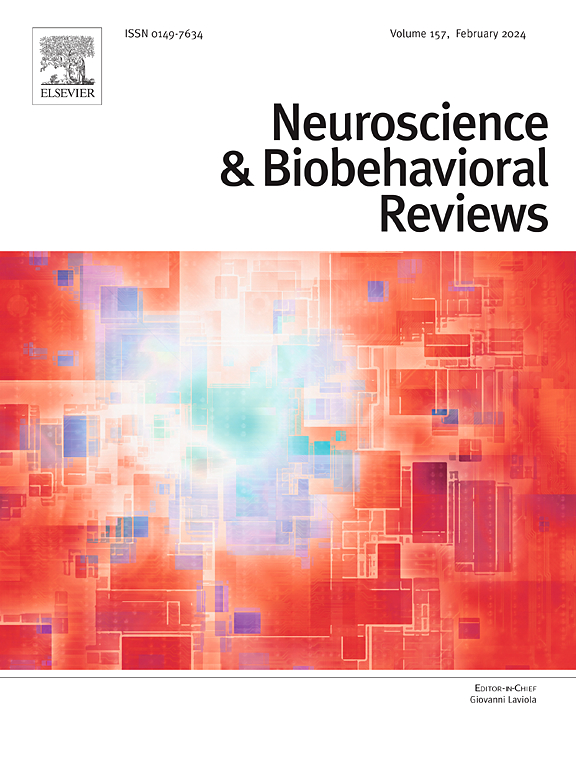Environmental endocrine disrupting chemicals: Disruptors of central and peripheral clock systems
IF 7.9
1区 医学
Q1 BEHAVIORAL SCIENCES
引用次数: 0
Abstract
The essential role of circadian rhythms in various physiological processes has gained increasing recognition. Their disruption leads to abnormalities in tissue and organ function, as well as the development of diseases. Environmental endocrine disrupting chemicals (EDCs), ubiquitous pollutants in the environment, are well known to enter the human body and greatly affect its homeostasis. Growing attention is being directed towards the impact of EDCs on circadian rhythms, potentially resulting in a succession of serious consequences. Therefore, in this review, we focused on the impact of EDCs on the central clock system, highlighting their potential to disrupt circadian rhythms and examining the underlying mechanisms. Furthermore, we also summarized current evidence showing that EDCs interfere with the peripheral clock systems, impairing key physiological functions, such as hepatic energy metabolism, reproductive function and more. Another topic of this review was to provide insights into recent findings from pioneering research that may shed light on the future discussion about the influences of the central clock system on the peripheral rhythms in the presence of EDCs. Summarizing the emerging findings on the effects of EDC exposure on both central and peripheral clock systems will deepen our understanding of how EDC exposure influences human health and the underlying mechanisms involved.
环境内分泌干扰物:中枢和外围时钟系统的干扰物
昼夜节律在各种生理过程中的重要作用已得到越来越多的认识。它们的破坏会导致组织和器官功能的异常,以及疾病的发展。环境内分泌干扰物(Environmental endocrine disrupting chemicals, EDCs)是环境中普遍存在的污染物,它会进入人体并严重影响人体的内环境平衡。人们越来越关注EDCs对昼夜节律的影响,这可能导致一系列严重后果。因此,在这篇综述中,我们将重点关注EDCs对中央时钟系统的影响,强调它们破坏昼夜节律的潜力,并研究其潜在机制。此外,我们还总结了目前的证据表明,EDCs干扰外周时钟系统,损害关键的生理功能,如肝脏能量代谢,生殖功能等。本综述的另一个主题是对近期开创性研究的发现提供见解,这些发现可能为未来关于EDCs存在时中央时钟系统对外周节律的影响的讨论提供启示。总结EDC暴露对中枢和外围时钟系统影响的新发现将加深我们对EDC暴露如何影响人类健康及其潜在机制的理解。
本文章由计算机程序翻译,如有差异,请以英文原文为准。
求助全文
约1分钟内获得全文
求助全文
来源期刊
CiteScore
14.20
自引率
3.70%
发文量
466
审稿时长
6 months
期刊介绍:
The official journal of the International Behavioral Neuroscience Society publishes original and significant review articles that explore the intersection between neuroscience and the study of psychological processes and behavior. The journal also welcomes articles that primarily focus on psychological processes and behavior, as long as they have relevance to one or more areas of neuroscience.

 求助内容:
求助内容: 应助结果提醒方式:
应助结果提醒方式:


